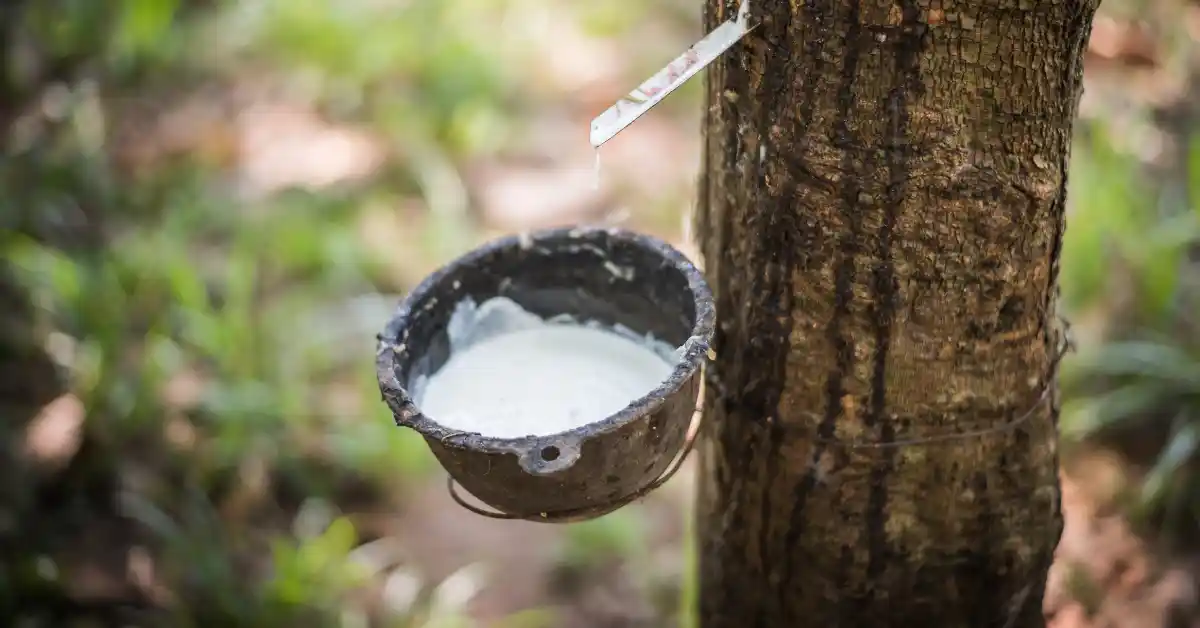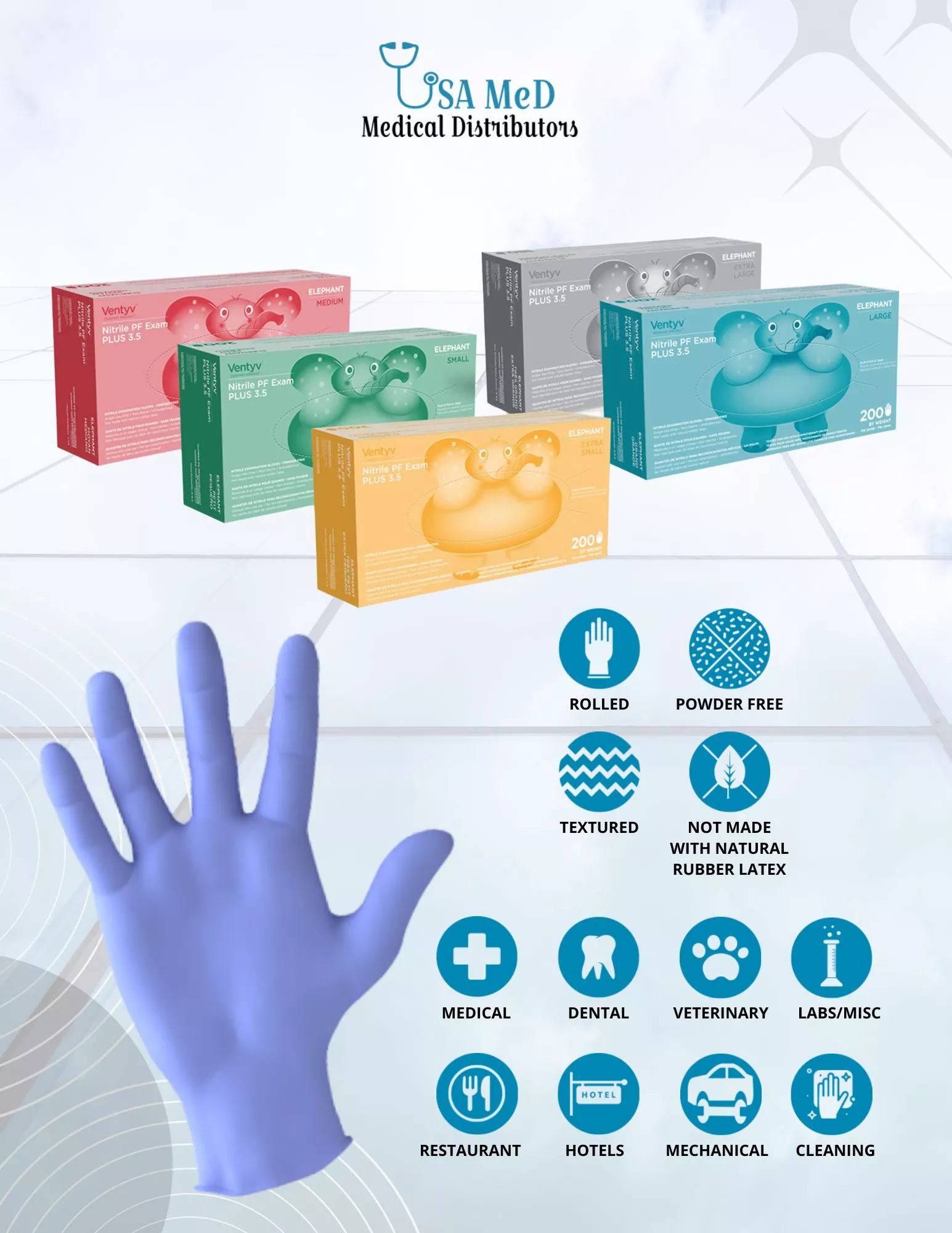
Is Natural Rubber Latex the Same as Latex? Understanding the Differences
Natural rubber latex is a milky fluid derived from the sap of rubber trees, primarily the Hevea brasiliensis species. It is composed of water, proteins,


Natural rubber latex is a milky fluid derived from the sap of rubber trees, primarily the Hevea brasiliensis species. It is composed of water, proteins, lipids, carbohydrates, and various other compounds that contribute to its unique properties. Many people wonder, “Is natural rubber latex the same as latex?” The answer is yes and no; while they are indeed a type of latex, not all latex products are made from natural rubber.
Latex can refer to both natural and synthetic forms. Synthetic latex is produced through chemical processes using petroleum-based materials. It does not carry the same characteristics as its natural counterpart. Natural rubber latex offers excellent elasticity, durability, and resistance to wear and tear. It makes it ideal for a variety of applications including gloves, balloons, and mattresses.
Understanding the distinction between the two product is crucial for consumers. Especially those who may have allergies or specific needs related to their products. It can cause allergic reactions in some individuals due to its protein content. Thus, awareness about what materials are used in everyday items has become increasingly important for health-conscious consumers.
Identifying products made from this material can be crucial for consumers who prioritize sustainability and health. To distinguish between natural and synthetic products, it’s important to understand the characteristics of each type.
The products manufactured using this particular material frequently make it a point to explicitly indicate their composition by stating “natural rubber” or “natural latex.” This clear labeling serves as assurance to consumers. It indicates that the product is made from materials sourced directly from nature, rather than being synthesized through chemical processes. On the other hand, if a product bears the labels “synthetic latex” or simply “latex,” it is essential to understand that such items may not originate from natural sources. Synthetic latex is typically created through artificial means. It often involves various petrochemical derivatives, which can differ significantly in terms of quality, environmental impact, and potential allergens compared to their natural counterparts. This distinction is crucial for consumers. They are increasingly seeking organic and eco-friendly options in their purchases. It informs them about the nature of the materials they are choosing to support with their spending.
Another way to identify these materials is by their smell and texture. Typically it has a distinct, earthy scent and a more flexible feel compared to its synthetic counterpart, which may have a plastic-like odor and rigidity. Additionally, performing a simple water test can help; natural rubber will generally float due to its lower density.
In conclusion, natural rubber latex is a unique and versatile material. It is derived from the sap of rubber trees, distinguished from synthetic latex by its origins and superior properties. Though it falls under the broader category of latex, not all latex products are created equal. Understanding this distinction is vital for consumers, especially those with allergies or specific health concerns. By recognizing key identifiers such as labeling, scent, texture, and even simple tests like water buoyancy, individuals can make informed choices that align with their values regarding sustainability and health. As awareness grows about the materials used in everyday products, consumers are empowered to select items that best meet their needs while minimizing potential allergic reactions. Ultimately, being knowledgeable about natural rubber latex not only enhances personal well-being but also supports a more sustainable approach to consumption.

Natural rubber latex is a milky fluid derived from the sap of rubber trees, primarily the Hevea brasiliensis species. It is composed of water, proteins,

Natural rubber latex is a milky fluid harvested from the rubber tree, scientifically known as Hevea brasiliensis. This versatile substance is primarily composed of polyisoprene,

What is Nitrile Plastic? An Overview of Its Properties Nitrile plastic, often confused with nitrile rubber, is a synthetic copolymer made from acrylonitrile and butadiene.

Understanding the Importance of Proper Glove Fit Understanding the importance of proper glove fit is essential for anyone who relies on gloves for protection, comfort,

Introduction: Why Healthcare Gloves are Crucial in Medical Settings In medical settings, healthcare gloves play a pivotal role in ensuring the safety and well-being of
Driven by a passion for excellence, our mission is to consistently deliver the highest quality products at the most affordable prices. We aim to exceed customer expectations, creating value and trust.


Phone Number: (239) 266 -1290
Email Addresses:
sales@usamedicaldistributors.com
customercare@usamedicaldistributors.com
Mailing Address :
501 Goodlette, Frank Rd N A105, Naples, FL 34102
Copyright 2022 – 2024. USAMED Medical Distributors. All rights reserved.
Privacy Policy | Return and Refund Policy
| Website by M. Escober